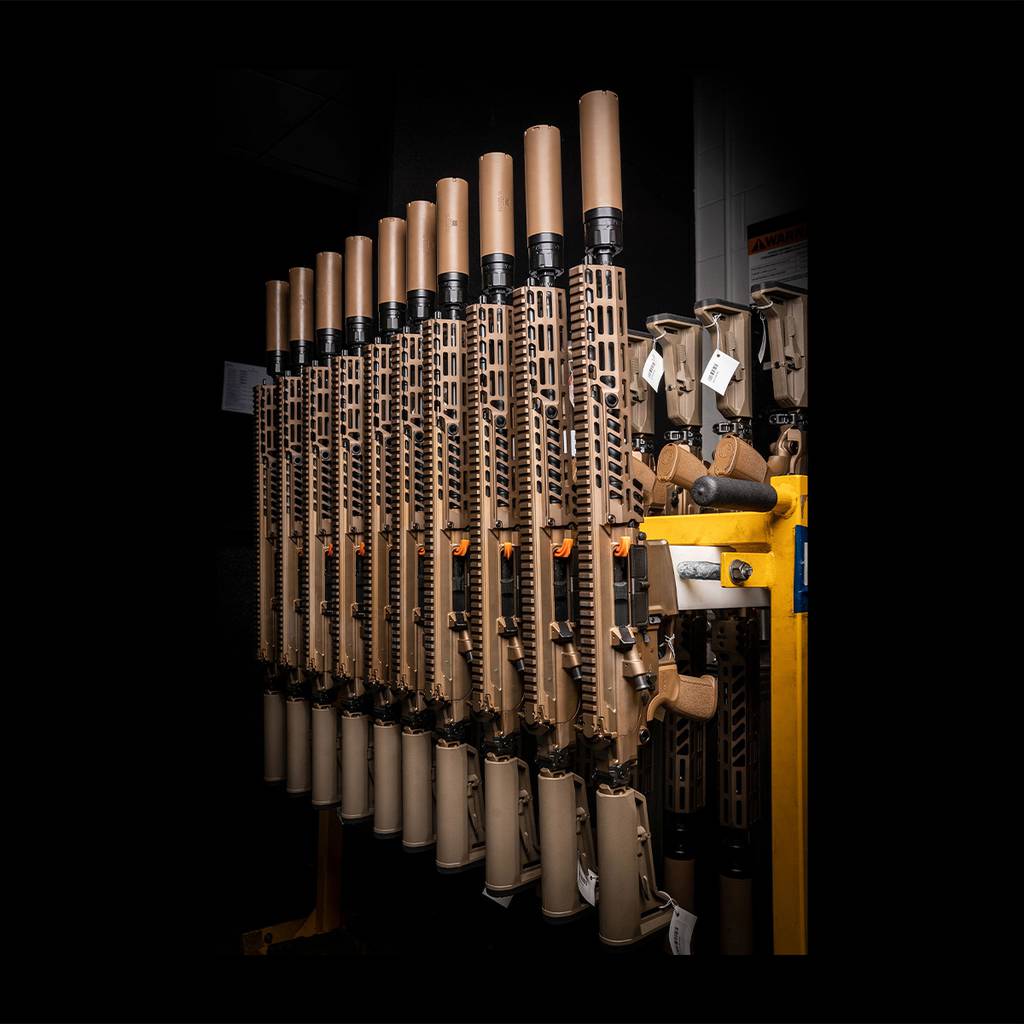There's not a ton written about this that I can find, but cracks are appearing in the US military's plan to replace the M4 with a heavier battle rifle designed to defeat body armor. Sig Sauer, which also holds contracts for the current generation pistol and LMG, won a contract last year to also provide the US military with a new rifle. This rifle is to be called the XM7. The civilian equivalent is the Sig Spear. Calling this thing an assault rifle is a bit of a stretch, as it is very heavy and uses heavy ammunition. It turns out that the rifle is failing to penetrate modern body armor without the use of tungsten bullets. Also its reliability is questionable.


I think the core of the idea was exactly the higher pressures - instead of making the bullet itself more capable of penetration, you just shoot it out with a lot more energy by having really overpressurized rounds. But greater pressure is harsher on the internal components, and they needed to increase the pressure to such a high level that conventional brass cases couldn't actually handle it, hence the steel.
There's also some other things brought about by the overpressure - all the NGSW entries had these fancy suppressors to help with the ridiculous recoil & muzzle flash that the guns produced, and the wear on the barrels was so high that the US actually adopted a normal, non-overpressurized variant of the ammo for training, since otherwise you'd end up having to constantly change barrels even during peacetime. Of course, this normal ammo doesn't actually have the recoil or ballistic properties of the fancy type that's supposed to actually be used in combat, meaning that US soldiers would spend most of their time training on a gun that shoots much softer than what they'd be using in real conditions.
And in the end, as aaaaaaadjsf said, this didn't actually even work - so now they have a round that's heavier, recoils really hard, destroys barrels, and it can't even meet the penetration goal.
One thing that I still don't understand is why they went with a steel head on a brass case rather than just a full steel case. Steel and brass have similar density, so steel case of the same thickness would have roughly the same weight. Are they able to make brass cases thinner? Or maybe the superior recyclability of brass cases was a concern?
Brass is used in a lot of mechanisms where friction needs to be reduced. It is kind of like the Teflon of metals. As a relatively soft metal, if you have a mechanism where brass interfaces with a harder metal, the brass will incur the majority of the wear, without gumming up the works nearly as much as aluminum (another relatively soft metal).
cant they just make the barrel out of a harder metal? chromium/titanium/tungsten alloyed with steel?
Then the gun gets even heavier, it's already almost 10lbs to try deal with all the extra forces.
This was just one incredible grift. Right back at where they started essentially.
there have to be parts that can be replaced by plastic. even if those parts are subject to heat, some thermoplastics are stable upwards of 300C. parts like magazines, the handrail, the stock (that one is probably already plastic). how is it this hard to design a gun thats better than one designed in the 80s? hell, maybe just have a barrel with an inner shell of titanium-steel alloy and an outer shell of any old steel